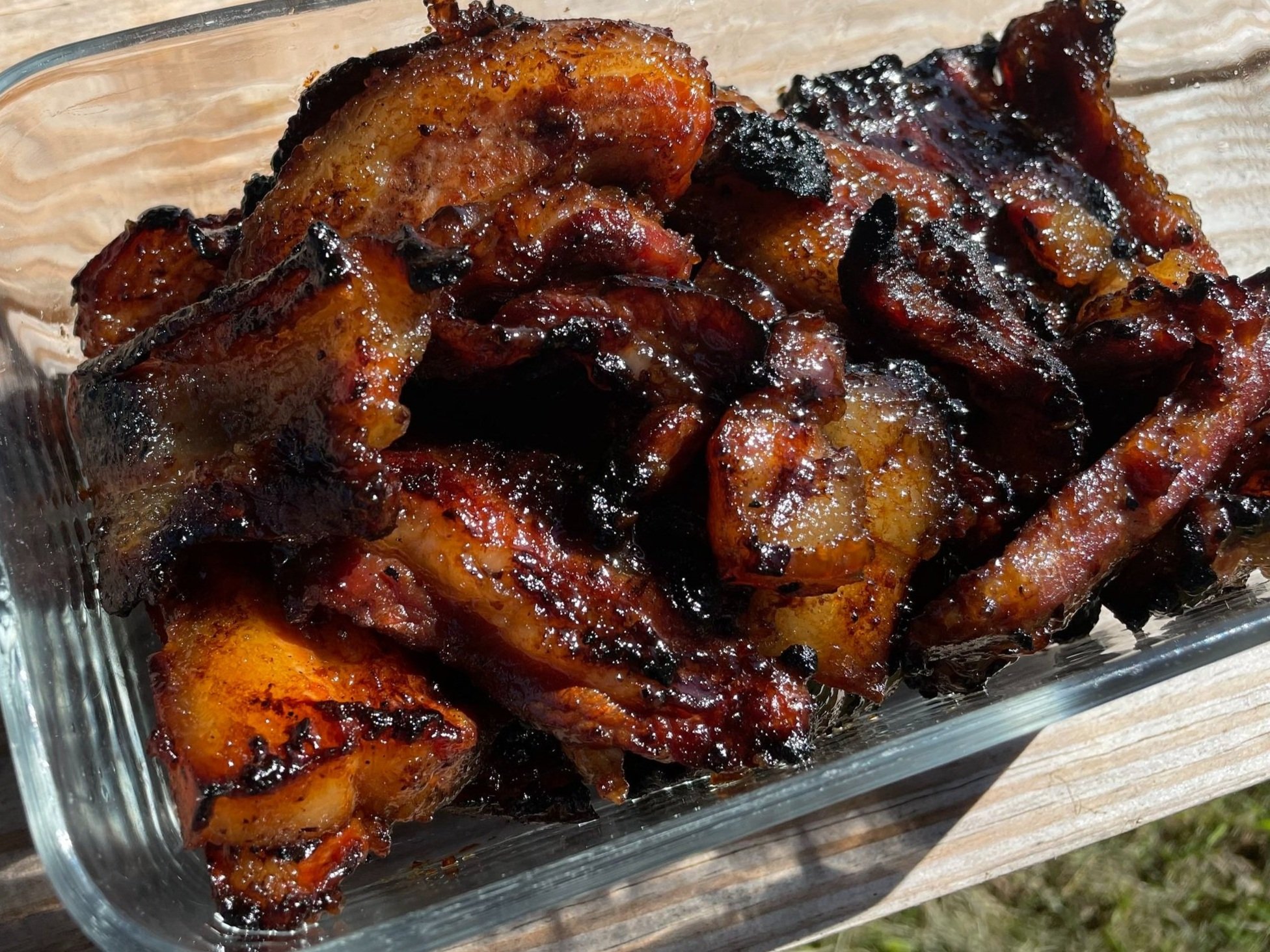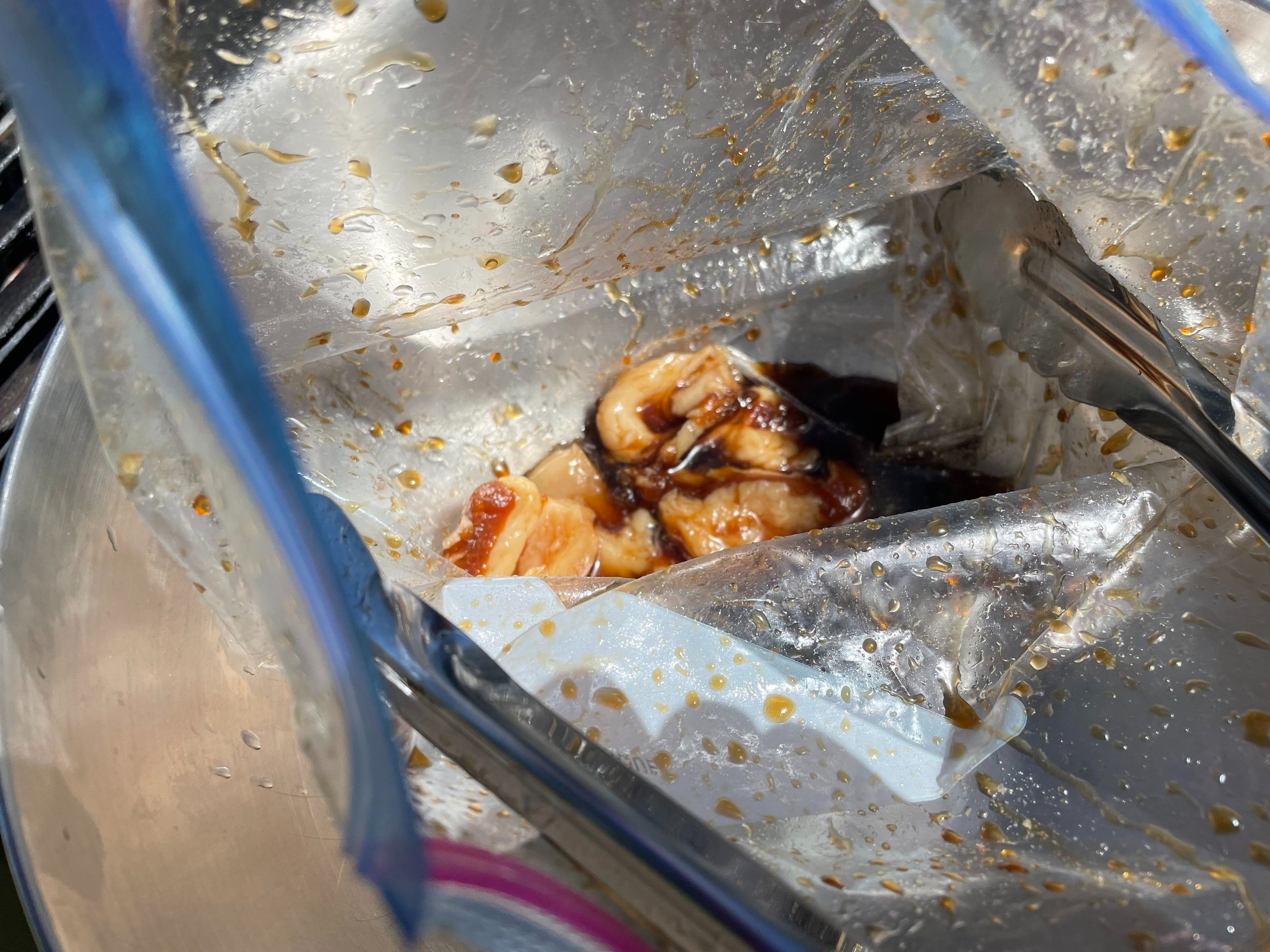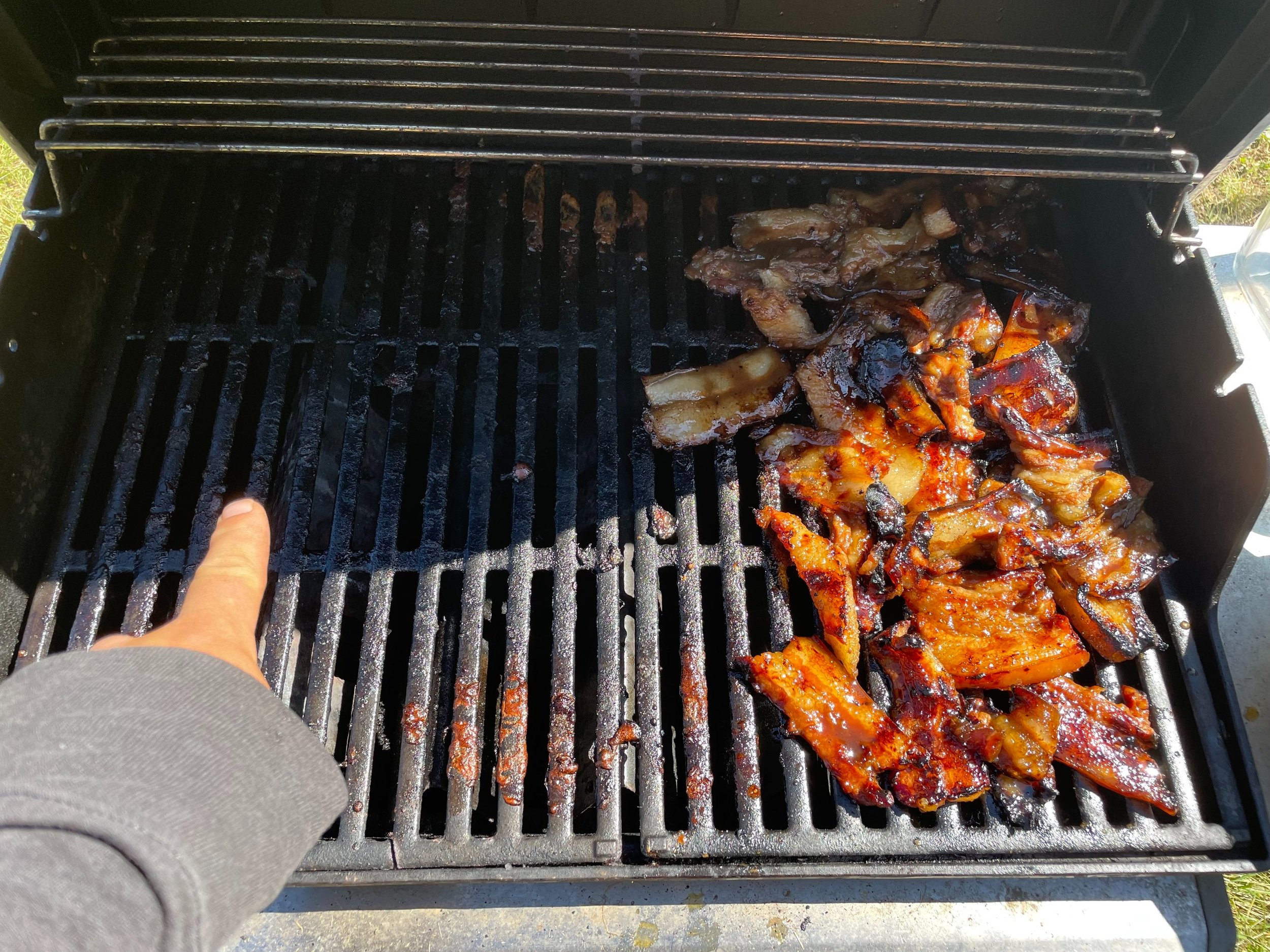Dry beans*
Smoked ham hock
Salt
Onion
Celery
Tomato paste
Paprika, Garlic powder, cumin, oregano, sage (or whatever you like)
Lard
A big heavy pot for beans
Rice
A rice-cooking vessel
Soak the dry beans in lots of (optionally, salted) water overnight. *I’m not a big fan of kidney beans, undercooked beans are pretty bad for you and kidney beans seem to take forever to cook. We tend to use small red beans or adzuki beans, which are a different genus but who cares, they look like beans and they taste like beans and they’re called beans, so they’re beans. You could use black beans or pinto beans or any kind of beans, even kidney beans if that’s your thing. Lighter-colored beans cooked with smoked ham hock are going to end up looking kind of dirty, which you may prefer to avoid or maybe you like the grunge look, I’m not judging you for that. Much.
Amounts depend on how much you want. A pound of beans will make a filling family dinner plus leftovers which you can freeze for later. For that amount of beans, probably around 1 large onion and half a bunch of celery would be good, but you could certainly add more onion and celery if you like.
Strain the beans and discard the soaking water.
Dice the onion and celery and sautee them in some homemade cooking lard. A lot of recipes call for bell pepper. Bell pepper is a height-of-summer vegetable. Beans and rice is a cold weather dish for us. We usually have some onions around and we usually have some celery in the garden. Perhaps in the Deep South bell peppers grow in winter, but I don’t think you can grow bell pepper in a Willamette Valley winter, so it doesn’t belong in the dish. Cook with what’s in season. (Canned pickled peppers are a great accompaniment to beans and rice, but unless they’ve been kept crisp which is hard to do, they’re probably best added at the table.)
Add some tomato paste for color and flavor, a few tablespoons is good. If I open one of those six ounce cans of tomato paste I’ll just use the whole thing rather than have a partial can sitting around waiting to be used.
Add the beans and water to cover them by at least an inch, then stir everything well to incorporate the tomato paste without burning it. Add in your smoked ham hocks. One hock is fine for flavor, but there is actually some meat on most smoked ham hocks, so you may want to use more than one and pull off that smoky ham hock meat at the end to mix into the final dish.
Stir in the spices. Paprika is a good idea, at least you can get some kind of red bell pepper flavor compounds this way. Garlic powder would also be good (when is garlic ever bad in a savory dish?) Other spices it depends what you like. We have several sage plants in the garden that seem to always have some leaves, and I’m testing a theory that if you want your kids to eat something, use pizza herbs (oregano).
Bring everything to a boil, then turn the heat down and simmer until the beans are soft and the ham hock is falling apart. If the water is evaporating too quickly, cover the pot, and you may have to top it up with some boiling water. The goal at the end is to not have bean soup but to have a creamy dish in which the bean starches have cooked out into the liquid. When it’s finished, remove the ham hocks and pull off any bits of meat left on them to add to the pot.
If the beans are getting soft and the mixture is too liquid, leave the lid off and turn up the heat a bit, then stir with a wooden spoon making sure to scrape the bottom and try to mash some of the beans against the side of the pot. As you stir and break up the beans their starch will thicken it.
The problem with making these in a slow cooker is that you can’t boil off extra liquid to thicken it, and slow cookers even on high heat probably aren’t quite hot enough to cook the beans thoroughly without taking a really, really long time. Making it in a heavy pot on the stove is probably best.
The beans probably won’t need extra salt after being cooked with smoky, salted ham hocks. Stir in a little ketchup or molasses or brown sugar and a splash of apple cider vinegar.
It’s probably a crime somewhere not to serve these with some kind of rice, cooked however you cook rice. Quinoa would be a lower-glycemic option, though I don’t know if eating lots of quinoa is better than eating just a little rice.
I think beans and rice needs to be eaten with lots of accompaniments so everyone can personalize their dish. Hot sauce, pickled peppers, fresh parsley or cilantro, celery leaves, fresh green onion, grated cheese, diced raw onion, sour cream, diced raw celery, crunchy bean sprouts…or whatever else you like to mix in.










